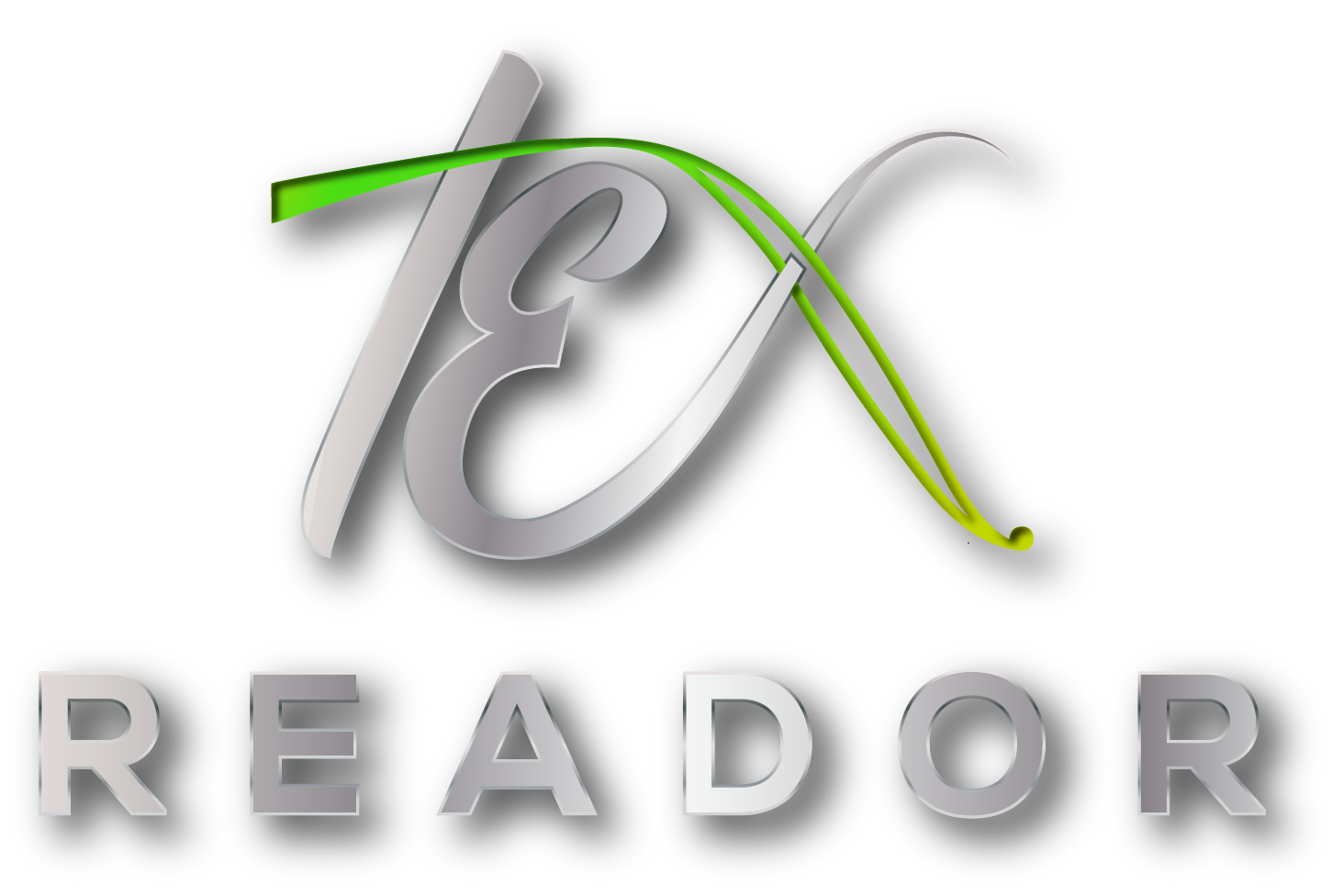PBT fiber is rich in raw materials and its production process is similar to polyester. In recent years, the production scale has been expanding. Due to the excellent resilience, mildew and mothproofing, good curl elasticity, antistatic properties and dyeability of PBT fiber, PBT fiber has a large number of applications in elastic clothing such as swimwear, sportswear, ski wear, dance tights, etc.
In addition to being used alone as a textile material, PBT fiber modification applications have also developed rapidly in recent years. For example, PBT/PET composite spinning fiber not only has good spinnability, but also has a soft hand feel, high fluffiness, and is easy to dye. It can be used as a wool-like fiber or as an elastic fiber. At this stage, the elasticity of PBT block copolymer fiber can reach spandex. 80%, while other properties are better than spandex.
The future development of PBT fiber needs to focus on the following directions.
1. Conditions for sustainable development of the industrial chain
Compared with PET fiber, the conditions for the sustainable development of the PBT fiber industry chain are relatively superior, mainly reflected in: the biomass resources of synthetic raw materials and the relative cost of biological processes are lower than those of biological EG, and the by-products of BDO synthesis are relatively high. The added value is possible. As BDO production capacity increases, its cost will be further reduced; PTA direct esterification method has become the mainstream process for PBT synthesis. Titanium catalysts are commonly used. The recovery and purification of by-product THF has become a standard configuration for industrialization, and has been Form corresponding technical specifications; compared with PET fiber, PBT fiber has lower energy consumption and pollution in the dyeing and finishing process, which is beneficial to reducing the pressure of sewage treatment; PET's environmentally friendly oil can be used; fiber fabrics can be recycled and regenerated by melting.

2. Expansion of technical textile application market
It is expected that the development of PBT fiber in Asia, especially in mainland China, will further improve. Drawing on the equipment technology and engineering experience of PET fiber production, it is breaking through the original bottleneck of unstable quality and developing products suitable for the consumer market and the development needs of new industries. Technical textiles, including modern agricultural nonwovens, home textiles, sports and fitness textiles, physiotherapy textiles, "disposable" nonwovens, etc. In particular, biodegradable nonwovens that use titanium catalysts and copolymerized modified PBT that do not require chain extenders are superior in terms of environmental performance and safety, and will also form new market usage. PBT and modified PBT fibers with functional characteristics will form competitive capabilities in high value-added fields such as medical care, protection, and cosmetics.
3. The feasibility of further improving competitiveness
PBT's technology, performance and relative cost for injection molding engineering plastics are superior to PET. Although PBT fiber cannot surpass PET fiber in terms of cost and quantity, the two can complement each other. BDO's production costs and environmental protection costs are expected to be improved through the scale-up of biomass resources and biochemicals, the development of by-product application markets, and high added value. The use of direct spinning technology can significantly reduce energy consumption and improve product quality. The use of liquid phase viscosity increasing technology has more energy consumption advantages than solid phase viscosity increasing technology. At present, the production capacity of a newly designed single PBT device has basically reached an economic scale, and direct spinning The silk conditions are basically met, and the fiber quality is expected to be greatly improved. If PBT or copolymer-modified PBT with a relative intrinsic viscosity of 0.6 to 1.05 dL/g is used to produce melt-blown nonwoven fabrics, its comprehensive performance will be better than that of PET.

We can fully learn from the successful experience of PET polymerization and spinning, optimize the THF recycling and regeneration process, optimize the by-product reprocessing and modified PBT production processes, give full play to the comprehensive advantages of the industrial chain, and increase the efficiency, hydrolysis resistance, and low-cost titanium series. The research and industrialization process of catalysts have formed an integrated industry chain for subsequent direct spinning of PBT devices, blending of engineering plastics, and comprehensive application of by-products.





